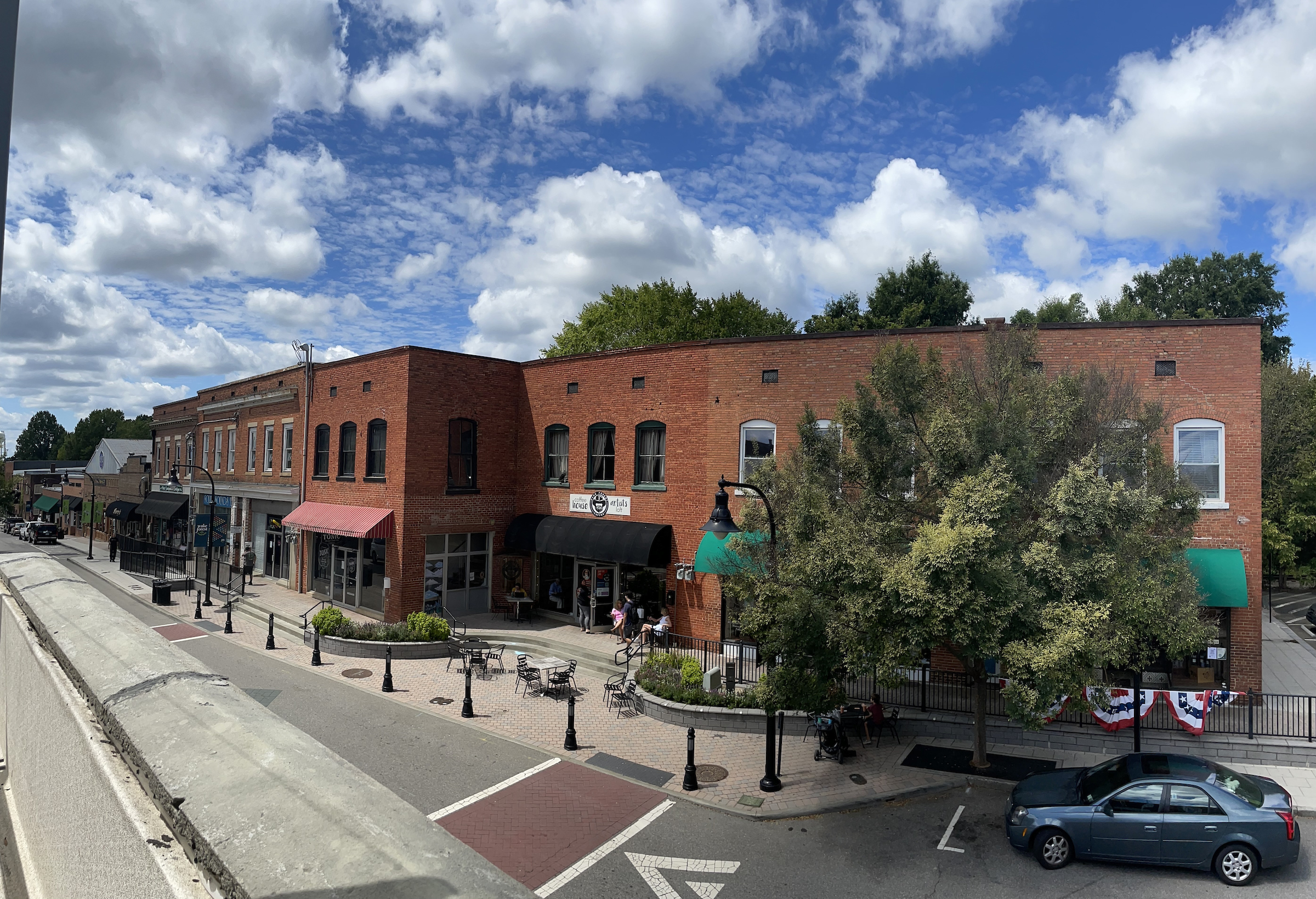40/440 Fortify Project
 The NCDOT project to fortify two of the Triangle's busiest roads begins the week of Oct. 28, 2013, with some preliminary work already underway. The Fortify project involves removing and replacing an 11.5-mile stretch of I-40 and I-440 to address immediate safety concerns. Drivers will begin seeing nighttime lane closures this week, with some additional daytime closures to follow in early December.
The NCDOT project to fortify two of the Triangle's busiest roads begins the week of Oct. 28, 2013, with some preliminary work already underway. The Fortify project involves removing and replacing an 11.5-mile stretch of I-40 and I-440 to address immediate safety concerns. Drivers will begin seeing nighttime lane closures this week, with some additional daytime closures to follow in early December.
NCDOT has launched a new Fortify website to connect people with comprehensive project information, including where to catch alternate transit options, project maps and links to live traffic cameras through a partnership with WRAL News. Employers and human resources professionals can access online resources to help develop and implement a flexible work program.
The site also includes links to Twitter, Facebook and other social media to stay engaged with NCDOT and other commuters. There is even a top-40 playlist of jams to help people through the traffic.
More than 100,000 vehicles travel on the weakened sections of 40 and 440 every day. NCDOT's goal is to get at least 30,000 vehicles off the road during heavy commute times by encouraging alternative routes, alternative work locations and schedules, and greater use of public transportation.
NCDOT is investing an additional $12 million and partnering with Go Triangle, TTA and CAT to add more buses and routes, and to identify new park and ride options in and around the Triangle.
Fortify Timeline
The first stage, rebuilding I-440, begins the fall of 2013. Crews will replace the section from the I-40, U.S. 64, and I-440 interchange, known as "the 40 split," to just north of the U.S. 64/264 Knightdale Bypass.
tage Two, daytime lane closures for rebuilding I-40, are scheduled to begin by late 2014, when crews will replace the pavement from U.S. 1/64 all the way to the I-40 split. The entire projected is scheduled to wrap up by the fall of 2016.
The Need
The repair work on I-40 and I-440 is part of a 10-year plan to reduce congestion and enhance mobility throughout the Triangle. The 30-year-old pavement is cracking and crumbling because of a chemical reaction, called ASR, happening in the road. The reaction is triggered by water mixing with a substance that was used in paving several decades ago.
Project Background
In May of 2013 NCDOT awarded a $130 million contract to Granite Construction Co. and RS&H Architects-Engineers-Planners Inc. to complete the work. In addition to coming in with the lowest bid, Granite also plans to build a temporary asphalt plant within the project site, increasing efficiency and safety by reducing the need to truck in materials.
In addition to rebuilding the road, crews will extend two miles of auxiliary lanes to help manage additional traffic. They will also rehabilitate 14 bridges within the project zone to extend their life by many years.
